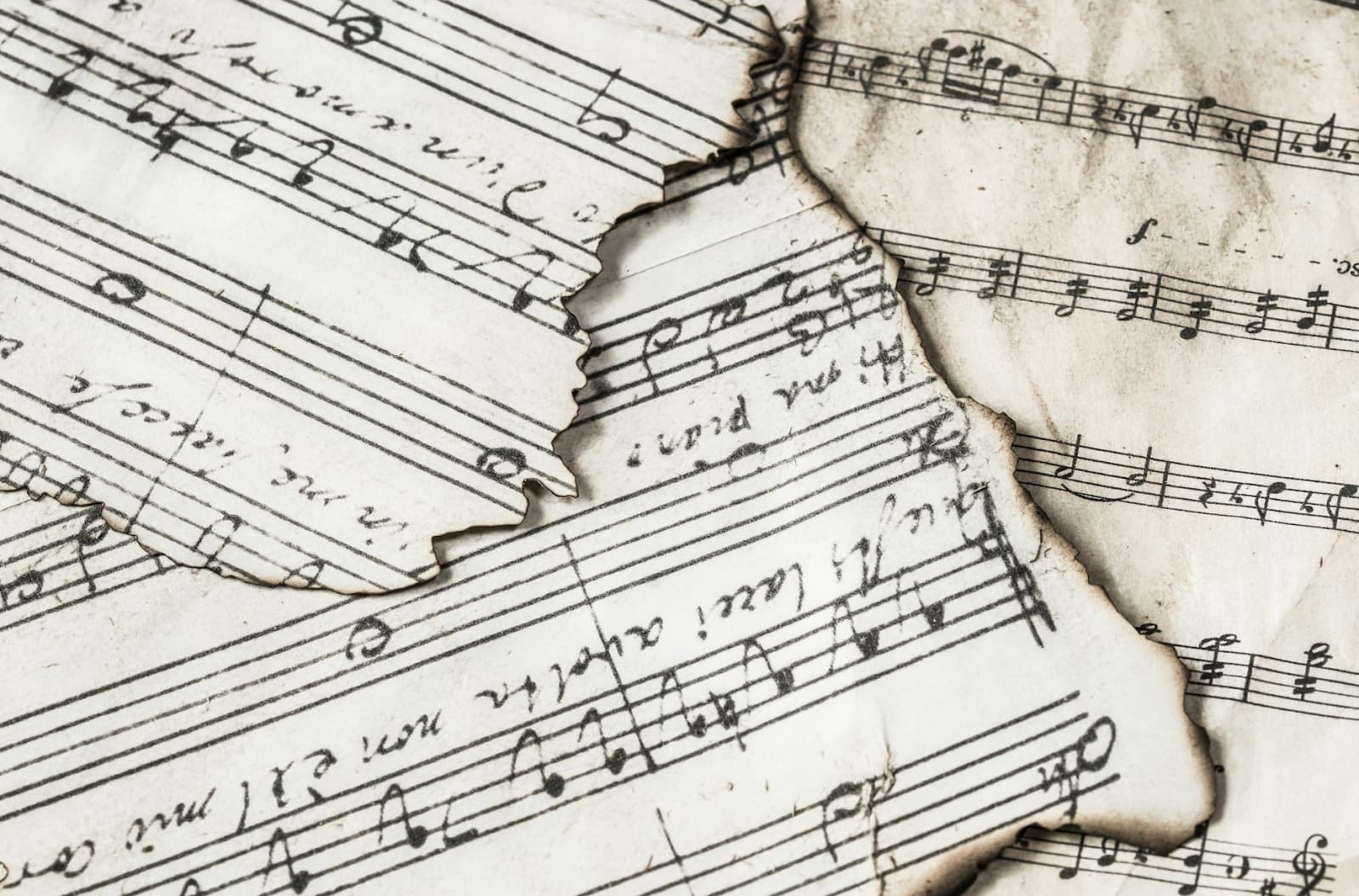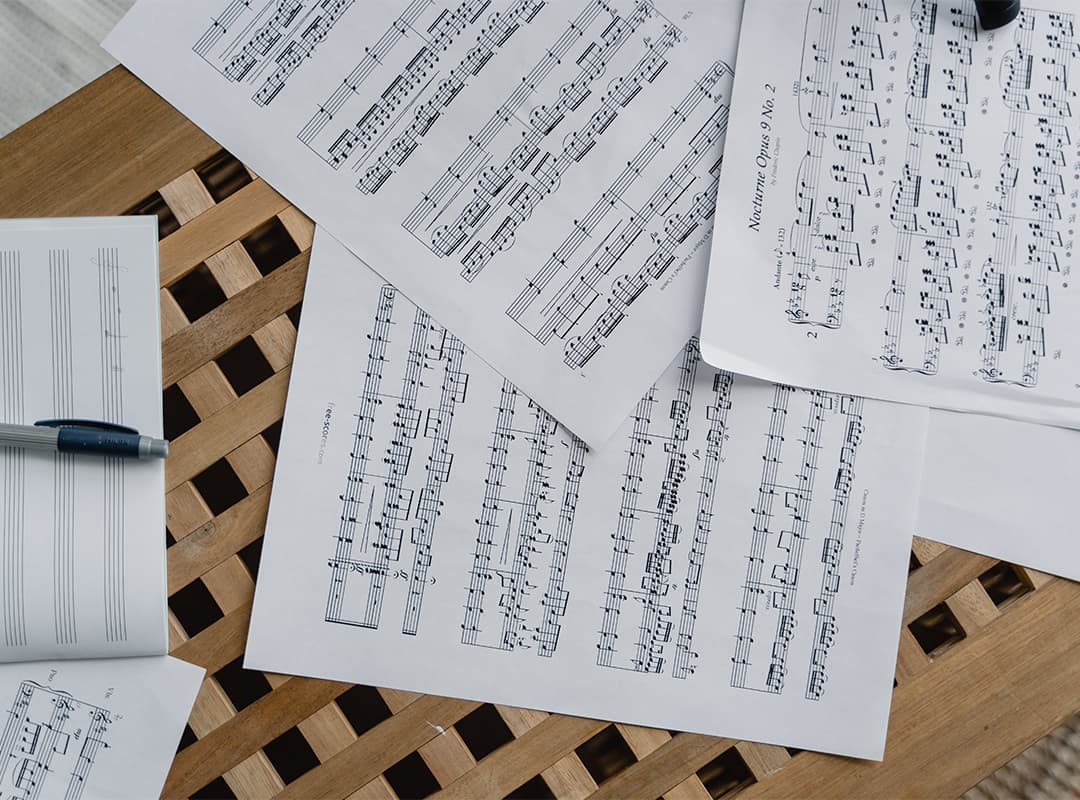Drums, cannons, emotions, that’s what you can expect from Tchaikovsky’s 1812 Overture. It’s an explosive performance that almost feels like you’re on a war field. It’s the type of live performance you need to watch at least once in a lifetime.
And believe it or not, the more often you hear it, the more unique it will feel. That’s because every orchestra in the world plays it slightly differently. With these thoughts in mind, here are some of the noisiest, yet deepest performances to enjoy.
The original
You can never go wrong with the original. It builds up tension for minutes, only to explode towards the end and give you the smell of gunpowder through your ears. It sounds crazy, but you can almost feel it while playing it.
Sure, it’s not like using the https://gunsnprices.com/ ammo search engine to find the ideal firearm and go wild at a shooting range, but it’s close enough.
Even if you thought you’ve never heard it before, the 1812 Overture is a classic that’s been featured in numerous movies, so you’re most likely familiar with the explosion at the end.
The Royal Albert Hall performance
The performance at the Royal Albert Hall stands out for a few reasons. First of all, there’s the size of the orchestra, which ensures every instrument blends in a perfect musical masterpiece. Second, you have the hall, which is world renowned for its acoustics.
The 1812 Overture at the Royal Albert Hall feels like an indoor war. Everything is simply magnified by the hall, while the orchestra’s performance will make people scream. There are quite a few videos online to help you understand what to expect from such a live show.
The Sydney Symphony Orchestra performance
This one is clearly unique. It’s not the first time something like this has been tried, but it’s one of the most successful solutions. Cannons can certainly cost a fortune, and they simply make no sense in an indoor concert hall. Therefore, different people have tried out different ideas.
For instance, Ernie Kovacs took the 1812 Overture to another level when he decided to use celery stalks for the loud snapping noises. But in this particular performance, the Sydney Symphony Orchestra used paper bags.
It may sound silly, but the final result is clearly worth some attention, making it one of the most innovative performances ever.
The Banda Simfònica d’Algemesí performance
Most people familiar with the 1812 Overture simply wait for the grand finale. The last minute of the show is what makes the difference. That’s when performers show their crazy ideas and innovation. The Spanish Banda Simfònica d’Algemesí thought about trying something else.
Sure, there were no real cannons used in the performance, but the flashmob performance killed it. No one expected it. Out of nowhere, people joined in creating one of the most spectacular flashmob performances in the world.
Just a bunch of people, a perfect organization, and a live show everyone who attended will remember. What else can you ask for? The performance is available online if you want to see what a flashmob version of the 1812 Overture looks and feels like.
The Boston Pops Orchestra performance
The 1812 Overture was created to celebrate the Russian victory against France in Borodino. He hated the work because it was too loud. It is, indeed, a loud performance, but it’s incredible what kind of emotions it can trigger.
Real cannons take this performance even further, but the Boston Pops Orchestra thought they’re not enough. Apart from using actual cannons to smash the performance, a firework display kicked in towards the end in order to make the 1812 Overture even more special.
Final words
The 1812 Overture is noisy, indeed. In fact, it’s supposed to be like that. It’s meant to give you a vibration you can’t forget. But then, that’s definitely part of its artistic approach. Since its creation, it’s become one of the most popular pieces of orchestral music in the world.
Sure, it’s meant to bring in some loud bangs, but it’s not all about cannons and loud parts. If you take the time to analyze it, you’ll realize it’s a symphonic masterpiece that’s still popular even more than 200 years later. It continues to captivate audiences worldwide, solidifying its place as one of the most beloved pieces of orchestral music in history.



